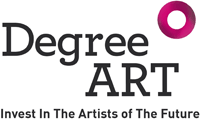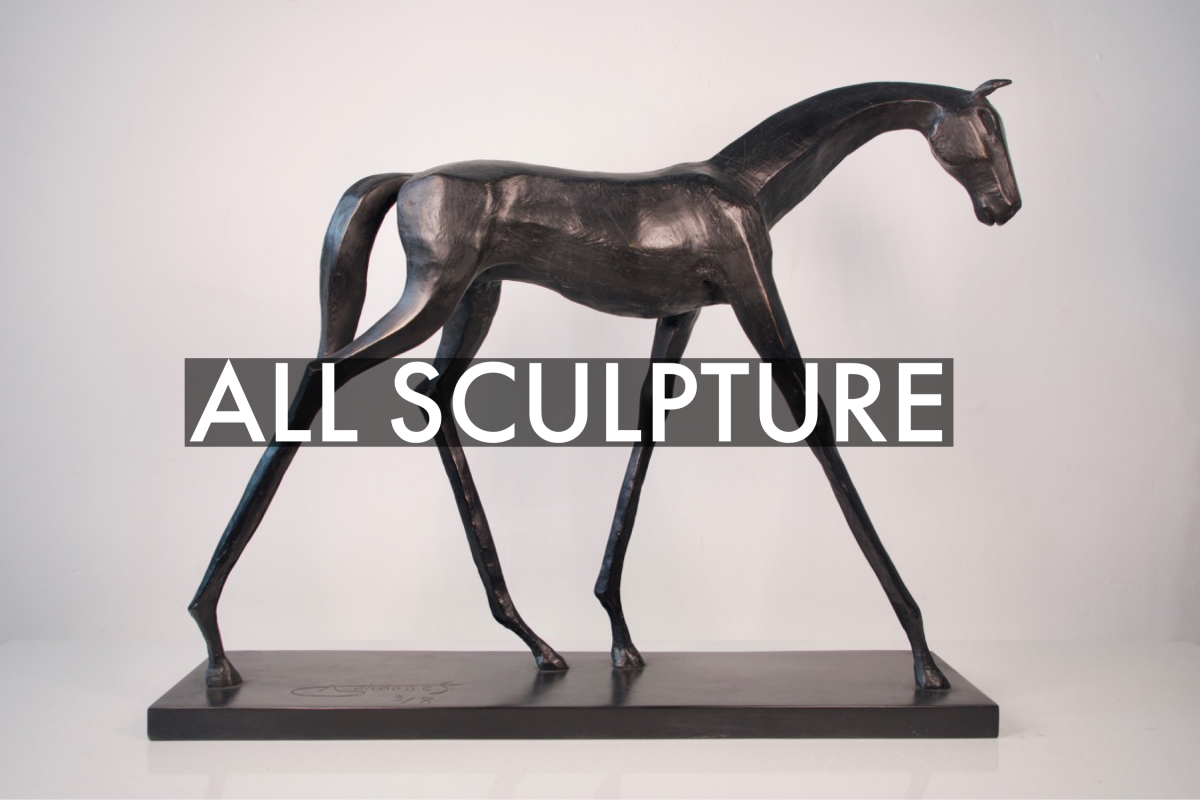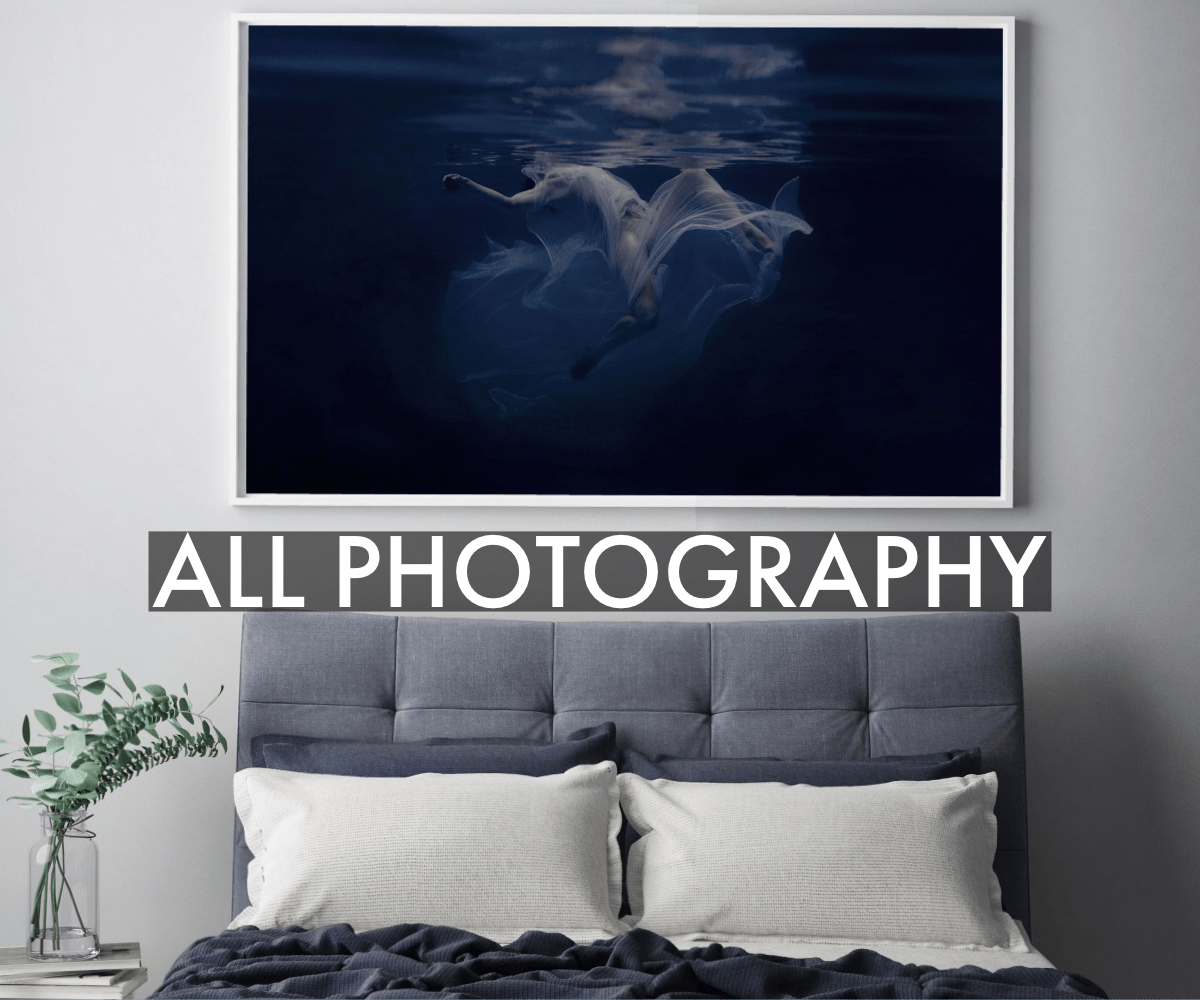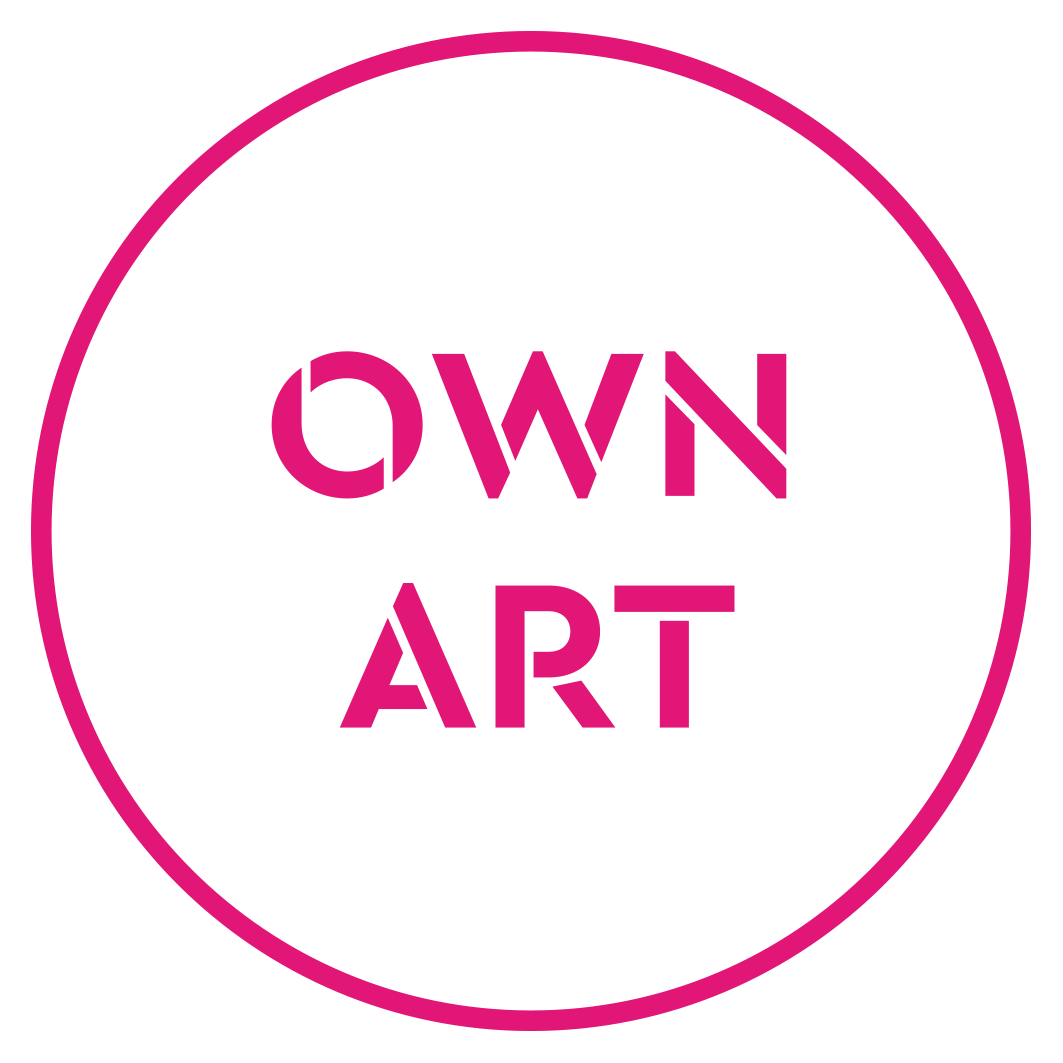Meet the artists that have taken over our Instagram every Thursday in the past month! Showcasing exclusive interviews with Stavros Kotsakis, Viet Ha Tran, Linda Bachammar Clerget, and Sára Várady.
STAVROS KOTSAKIS

1) Walk me through a typical day in the studio for you?
SK: A typical day in the studio would include both working on customer orders of current designs, but also experimenting with new materials in combination with different forms of light, for new projects.
2) What is something viewers might not know about your work?
SK: When I started creating light objects, I was working entirely with upcycled materials and components, redefining their function and purpose. Then a couple of years ago, I shifted my artistic approach, focusing on materials that interact more actively with light.
3) What is the most challenging part of your process as an artist and what is most rewarding?
SK: The most challenging part is to harmonize form and function in my light artworks. The most rewarding part is the moment when material experimentation leads to the discovery of a concept that can be used for new projects.
4) Is there any advice you have for artists/creators during this difficult time?
SK: To continue to have patience without sacrificing creativity. :
VIET HA TRAN

1) Walk me through a typical day in the studio for you?
VHT: I start my day at 9 am and can go till 10.00pm! But typically I work from 9.00 am - 7.00pm which are the typical Spanish office hours. In the morning, I go through my emails and read some art news and after that check my social media pages such as Instagram and upload some pictures there. The morning time is mostly for doing office work and sales work. In the afternoon I create artwork, I work with both photographs and paintings but mainly photographs. I use Photoshop and Lightroom to create my art photographs. Sometimes I go to my art studio and paint. On the weekend I may go around to villages and the mountains with my camera to photograph flowers and landscapes. I used to do a lot of photoshootings with fashion teams. During the Covid time it is not possible to arrange fashion shootings and I cannot wait to go back to working in teams.
2) What is something viewers might not know about your work?
VHT: There is usually a huge team working behind my fashion photos. For example, Watercolor Portrait III was shot in an antique house in the old quarters of Madrid with a team of 15 people. The model (Miss Valencia, Spain) was wearing a beautiful dress by a famous fashion designer who won a Vogue fashion award. The shooting for "The girl from the painting" took place in the suburbs of Madrid on a Sunday, that day the team woke up at 4am to go in one car and one caravan in order to transport all the materials to the shooting location! The model was wearing a theater vintage dress. Many of the models I've worked with are celebrities, such as Erika Lemay (Queen of Circus nominated by Vanity Fair Italy), Cindy Vanderpoel Astruells (Miss Valencia 2014, Spain), Maya Murofushi (Miss World Supermodel 2010), Dieu Huyen (Supermodel International 2013).
3) What is the most challenging part of your process as an artist and what is most rewarding?
VHT: Doing a fashion shoot is a real task since it involves working with a big team and directing the whole process (models, make up artists, hair stylists, fashion designers etc). Sometimes I want to shoot the photos in a remote area (such as a forest) and it is difficult to manage to get all the team members there because each of them may live in a different city or village and not everyone has a personal car. The most rewarding thing for me is to see the final result of the shooting and everyone in the team loves it.
4) Is there any advice you have for artists/creators during this difficult time?
VHT: Take it as an opportunity to reinvent yourself. This slow time may be a chance to sit back and think about what you want to create, what makes you most happy. I have created a lot of new pieces of landscapes and nature based on the photographs I took over the years traveling around the world and never had time to work on them. Now that we all yearn for being able to travel again, these pieces are very popular amongst collectors, they take us to the travels we have not yet been able to do again!
LINDA BACHAMMAR CLERGET

1) Walk me through a typical day in the studio for you?
LBC: A typical day begins for me with a one hour walk in the forest of Fontainebleau which is right in front of my studio. This is where I can sort out my ideas because I'm having a hundred thoughts at once as soon as I wake up ! After that, I have a clearer vision of what I'm going to create. I then work on two or three artworks alternately the rest of the morning. Then I take a break for lunch and a bit of a walk or bike ride before going back to work. In the afternoon, either I continue to paint, or I spend time photographing finished works and communicating, or I practice sketching live outside or from videos because I work a lot on the spontaneity of the gesture.
2) What is something viewers might not know about your work?
LBC: A typical day begins for me with a one hour walk in the forest of Fontainebleau which is right in front of my studio. This is where I can sort out my ideas because I'm having a hundred thoughts at once as soon as I wake up ! After that, I have a clearer vision of what I'm going to create. I then work on two or three artworks alternately the rest of the morning. Then I take a break for lunch and a bit of a walk or bike ride before going back to work. In the afternoon, either I continue to paint, or I spend time photographing finished works and communicating, or I practice sketching live outside or from videos because I work a lot on the spontaneity of the gesture.
3) What is the most challenging part of your process as an artist and what is most rewarding?
LBC: The most difficult part of my process as an artist is to create coherence between all my ideas because I am inspired by a lot of themes but also by different materials. But after these few years of devoting myself only to painting since my diploma in 2018, I really start to see synergies : relationships are formed between my dreams and my observations based on reality, new links are created between my proximity with nature and my taste for better discovering human culture. What is most rewarding for me is when I am facing the canvas, that I have an idea of what I want to achieve and that the inspiration is there, that the painting and the gestures follow one another until the final result which I am often satisfied with because it surprises me. What completes the whole thing is of course to share this work with others, especially when a collector decides to share his daily life with one of my artworks.
4) Is there any advice you have for artists/creators during this difficult time?
LBC: I think these times are difficult because they are paradoxical. They are new, so they turn our habits upside down but at the same time they force us to have a lot of routine and fewer surprises in our lives. We must keep inspiration without always turning to the others and for that I can only advise to turn us to our inner world and nature, which is a privileged interlocutor and an inexhaustible source of colors, shapes, smells, sensations. When I walk in the forest I have the impression of living an incredible immersive experience. So I also believe that simply walking, without a laptop, without music, without a notebook, without anything, can feed a lot.
SÁRA VÁRADY

1) Walk me through a typical day in the studio for you?
SV: I always do different things depending on my projects and/or my current mood. As I use different types of mediums, it gives me a sense of playfulness. Generally speaking, painting allows me spontaneity, as during the process I not only paint the subject, but myself as well, as an object that I record. In this creative process, I let my instinct lead me. I do not break it down and try to understand it. I recognize Greenberg’s position, as I find the action of painting highly important, however I give the same attention to the subject of my painting and the meaning behind it. On the other hand, etching gives me a certain security, as I need to think ahead and create a plan for my layers. Also, I find it fascinating how I start with a perfect metal plate, then I embellish it as I create my marks, and transform it into something new. Ceramics enable me to shape figures and situations into three-dimensional spaces which gives my inner vision even more reality.
2) What is something viewers might not know about your work?
SV: Not many people know that I am inspired by the latest discoveries of science especially by Prof. Donald Hoffman and literature such as The Unbearable Lightness of Being by Milan Kundera, Brave New World by Aldous Huxley, The Virility Factor by Robert Merle and by the beat generation for instance; Charles Bukowski, Jack Kerouac and Allan Ginsberg.
3) What is the most challenging part of your process as an artist and what is most rewarding?
SV: The most rewarding part of being an artist is to inspire others to follow their dreams and help them to develop and realise their practices.
4) Is there any advice you have for artists/creators during this difficult time?
SV: Stay strong and don't lose hope. Later you will see that this period has its importance.








